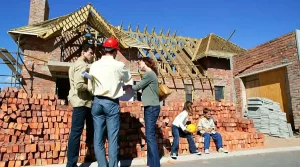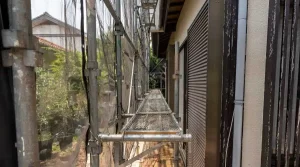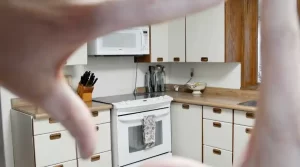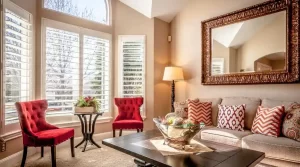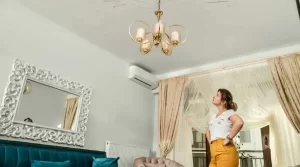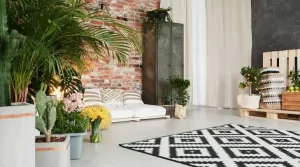Considering all of the options for house extensions can be difficult for homeowners preparing to begin a home renovation. What sort of additional space do you require? Which augmentation kind best suits your needs? Even so, where do you even begin? First, learn about the benefits and drawbacks of the various home expansion options. If you are aware of your possibilities, selecting the finest alternative for your home will be simpler.
Options for Home Additions: Good and Bad Continue
Bump Out
For some very simple house changes, only an existing room needs to be expanded. Common applications for this kind of addition include a complete bathroom, a larger bedroom, or an enlarged kitchen.
The most straightforward and least upsetting option for addition. Typically, the process begins with demolishing one wall before continuing outside of it. It is a good choice if you have a restricted budget and available space because it is the smallest addition type and has the lowest cost of any additional type.
One problem with this solution is that there is just one room. In the event that you need a lot more space, your home won’t be able to satisfy your needs. The cost of a bump-out addition could be misleading as well. It is less expensive than other expansion types even though it costs more per square foot. This is because there are extra costs associated with building, such as obtaining the necessary permissions and extending your foundation. You wouldn’t save money by making a smaller addition because you would need to get this information regardless of the type of expansion you created.
Single Room
If a bump out is insufficient but you don’t want to construct an entire apartment, a single room expansion can be the best option. Such augmentations include sunrooms, porches, and garages.
You have the option to increase the space you’ve been needing with a single room expansion, if necessary. A sunroom will allow you to enjoy nature year-round, while an extra bedroom can accommodate a growing family. A single room offers all the comfort and space you need without taking up much space. It is relatively modest in part due to its size and affordability.
It’s possible that a single room won’t have all the space you need. They frequently attach to the side or back of the home and occupy space in the yard. If your land is too small or you don’t want to give up space for outside play, a single room addition might not be the right choice for you.
Build Up
The most common type of addiction is probably this one. A home’s side, back, or even front can be expanded by builders to add more space for the tenants.
Flexibility is an asset! When you build outward, you have a lot of options. You need more space than just one room, do you? Build the in-laws an apartment or lots of rooms. This kind of addition gives you a great deal of creative freedom if you’re expanding the back of your house. It’s concealed from view, making it the perfect place to add some of your unique design flairs!
Cons: Unless you want to expand your building onto your neighbor’s yard (please don’t), this type of extension is constrained by your property lines. Due to city regulations, you might not be able to construct all the way to your property’s boundary. If your property doesn’t have enough outdoor space for expansion, this extension might not be for you.
Build Up
If an external extension is not essential or is not practicable, think about adding a second floor to a single-story house.
For this type of addition, space is a significant benefit. A lot of room can surely be added by outside modifications, but they are limited by zoning laws and property lines. When a second floor is built, your home’s square footage virtually doubles! On top of that, you won’t lose any yard space!
Cons: Constructing a second level necessitates the addition of stairs, which take up a lot of space. In addition, a lot of work will need to be done on the current structure of your home. Before building on top of what currently exists, work must be done to ensure there is enough support. A contractor must build supports for the current walls, ceiling, and parts of your foundation.
No matter what type of addition best satisfies the needs of your home’s makeover, work with a general contracting company you can trust. LK West Valley City General Contractors has a lot of expertise adding on to homes. We would be delighted to work with you to choose the type of addition that is ideal for your house. Right now, ask about a no-cost consultation.


